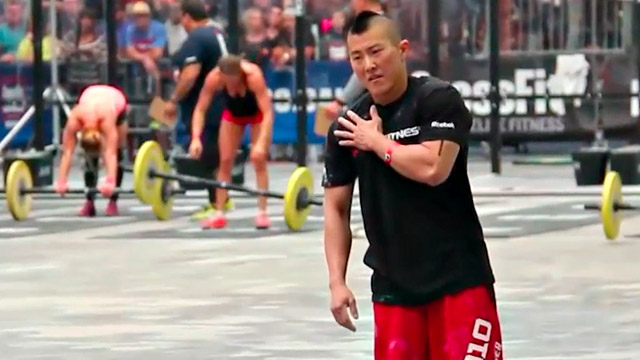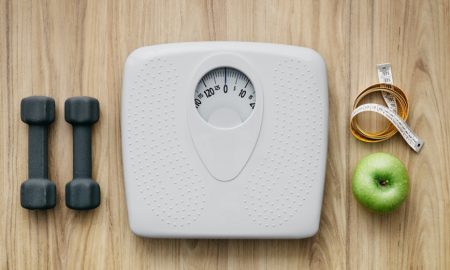
Are you a gym junkie? If so, it’s likely you don’t want to mess up your fitness journey by falling prey to an easily avoidable injury. Gym injuries can derail your fitness progress and also affect your day-to-day life. Thankfully, we’ve listed 6 effective ways to reduce your chances of a gym injury, so check them out!
-
Using Equipment Correctly
It may come as a surprise to you, but injuries caused by using gym equipment incorrectly are more common than you may think. Injuries can occur due to faulty machines, which is certainly not your fault, but if something doesn’t feel quite right, it’s a good idea to stop the exercise and have it checked out.
When joining a gym, be sure to learn how to use the equipment correctly. You may think it unnecessary, especially if you have been working out for a long time; however, this can save you a lot of time and money in the future if something does go wrong!
If you have been working out at your gym for a while, you can usually ask an employee to talk you through the machines, or a specific one, if you don’t quite know how to run it.
Although not technically “gym equipment,” you should also make sure that you wear the correct attire to the gym. Wearing the wrong shoes for your workout can hinder your form and lead to an injury. Although some individuals like to lift barefoot or even with flip flops (yes, you read that right). Wearing gym-appropriate footwear keeps you safe from any falling weights.
-
Warm-Up
It can be tempting to get straight into your workout once you arrive at the gym. However, taking some time before can be the deciding factor between an injury and progress! Dynamic stretches are suggested as the best way to warm up, as this gets the whole body ready for you to smash your workout. Dynamics stretches are active movements where both the joints and muscles are taken through a full range of motion. Research has shown that dynamic stretching helps with gym performance in comparison to static stretching or not stretching at all.
Spend a few minutes before your workout to warm up, increase the efficacy of your workout, and reduce the chances of an injury. Cooling down after your workout decreases your risk of injury as well, as it reduces unwanted chemicals from your muscle tissue. Cooling down also reduces your chance of DOMS.
-
Avoid Overdoing It
Once you’ve started your fitness journey, it can be difficult to scale it back especially when you can see and feel yourself progressing. During your workout, substances are released into your bloodstream (lactate, certain acids, and ATP), and when paired with overtraining, this can lead to pain, swelling, and fatigue.
Doctors state that without enough recovery time, your body will begin to ‘rebel’ and you can end up doing more harm than good. When your body has been overtrained, injuries are much more likely to occur because that’s when your body is unable to function at optimum levels.
However, sometimes you can injure yourself as a result of faulty equipment, and in that case, you can ask the gym for monetary compensation to treat your injuries. In fact, Norcross personal injury lawyers state that if you get injured at the gym by tripping and falling on tools or equipment that were placed in a hazardous way, you could still be eligible for compensation.
Make sure that you get enough rest and that you are not working out for longer than necessary. If you are craving a workout on your days off, try a low-impact workout like walking or yoga!
-
Nutrition
Undereating paired with heavy training could be a recipe for disaster (read: injuries). Soft tissue injuries are the most common type when it comes to fitness and sport. If you suffer from a soft tissue injury, it can take an average of 2-4 months to recover fully. The best way to prevent this type of injury is through your diet. Fuelling your body with the vitamins and nutrients it needs such as protein, Vitamins A, B, C, D, and E is also necessary for maintaining the right amount of collagen and antioxidants.
If you aren’t properly fueled, you could be at risk of feeling faint during your workout which could lead to serious injuries, and as such, doctors warn that an accident could even lead to a traumatic brain injury.
A simple, but important, way to prevent soft tissue injuries is ensuring you are sufficiently hydrated. You might be hydrating during your workout but it’s important to keep this up outside of the gym! Pay attention to your diet and ensure that you are eating the right amount of calories, macro, and micronutrients for you!
-
Correct Posture
Bad form doesn’t just make you more susceptible to injury, but it also hinders your progress at the gym. Some common form mistakes include not squatting low enough. If you’re squatting too high, you are limiting your potential and range of motion and risk hurting your knees. Another common mistake is jogging on your heels, over time this can cause shin splints, knee pain, and ankle injuries.
Poor form is one of the most common causes of gym injuries as each part of the body has its own biomechanical direction. By carrying out exercises incorrectly, you can damage your muscles and sometimes even connective tissues.
-
Have a Good Spotter
If you’re a seasoned lifter, you most likely have someone spot you as you progress in your lifts. Spotters are there to ensure that you are safe when lifting. Missing a rep is a normal part of a fitness journey and is expected; however, you must have a good spotter. Having a spotter who isn’t paying attention or who isn’t willing to grab the bar if you do miss it could cause you to seriously injure yourself. Ensure that your spotter is attentive and is strong enough to spot you.
These are some of the most important ways to properly take care of both your body and fitness progress. Even as a seasoned gym-goer, it can be easy to fall prey to simple mistakes or fall into bad habits. Take stock of your gym habits and routine to ensure you are keeping yourself and others safe.

















Follow Us